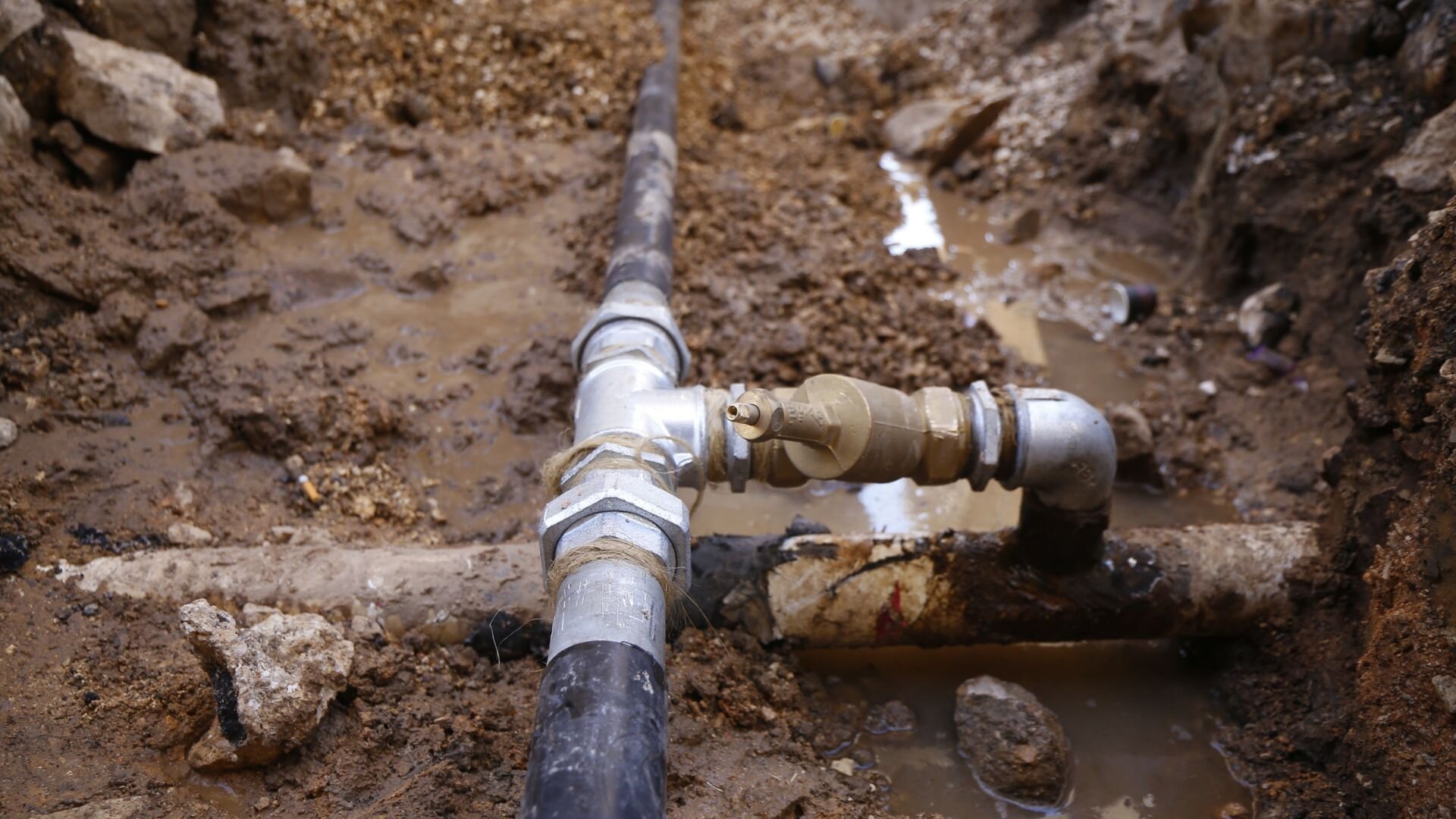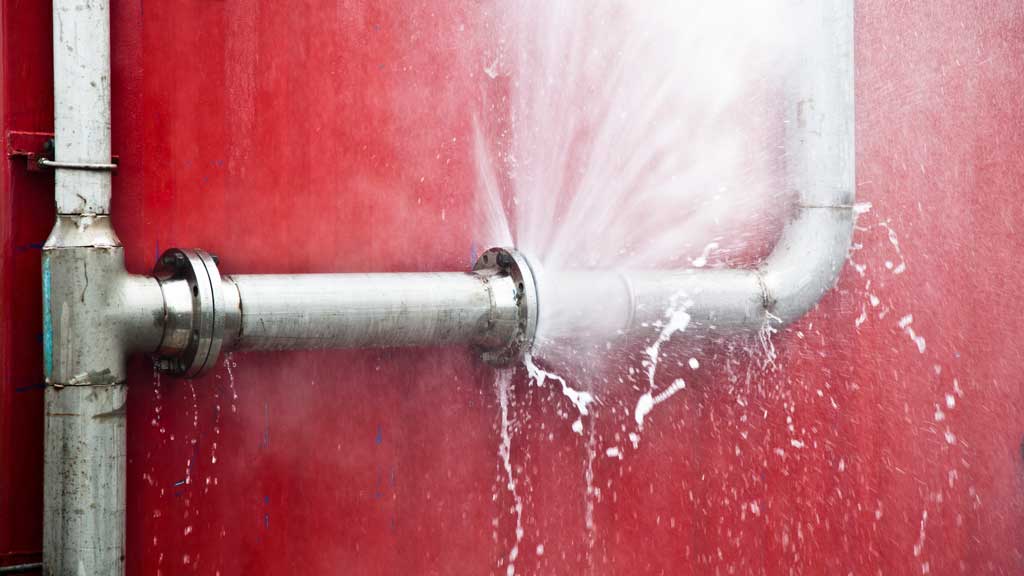How to Handle a Burst Pipe: Essential Steps for Immediate Action
How to Handle a Burst Pipe: Essential Steps for Immediate Action
Blog Article
What to Do When a Pipe Bursts: Immediate Tips for Property Owners
A pipe ruptured can be a house owner's worst headache, resulting in considerable damage if not resolved promptly. The prompt reaction is important: initially, find the resource of the leakage and closed off the main water valve to prevent more flooding. Following this, draining the pipes becomes crucial to reduce added issues.

Examine the Situation
When a pipe ruptureds, the initial step is to evaluate the situation quickly. This first analysis is critical in establishing the extent of the damage and the potential dangers entailed - burst pipe. Begin by identifying the source of the leak; this might entail checking the location around the ruptured pipeline for visible indications of water getaway. If the burst occurred in a hidden room, such as within a wall surface or under a flooring, try to find water discolorations or merging that might show the area.
Following, evaluate the surrounding environment for threats. Examine for electrical cords that may be subjected to water, as this presents a substantial danger of electrocution. In addition, keep in mind of any kind of useful products or furnishings that might go to risk of water damages. Recognizing the range of the circumstance will certainly help you prioritize your following actions successfully.
Recording the damage via pictures can additionally be beneficial, specifically for insurance coverage cases. Time is of the significance, as standing water can cause mold and mildew growth and further architectural damages. By thoroughly examining the circumstance, you will be better prepared to take the necessary steps to reduce additional concerns emerging from the burst pipeline.
Turn Off the Water
The prompt top priority after identifying a ruptured pipe is to close off the water to stop further flooding and damage. Situate the main shut-off valve, usually located near the water meter, in the basement, or on an outside wall surface. Transforming this valve clockwise will stop the circulation of water throughout your home, mitigating the danger of substantial water damage.
If you are unable to locate the main shut-off shutoff or if it is malfunctioning, you may need to shut off specific shutoffs connected to the impacted pipe, if obtainable. Some homes likewise have second valves for details appliances, such as cleaning makers or dishwashers.
It's advisable to familiarize yourself with the location of these valves prior to an emergency situation occurs, as this expertise can conserve important time during a crisis. In case the primary valve is stuck or hard to turn, do not force it; instead, consider seeking specialist assistance.
As soon as the water system is shut off, take a moment to analyze the situation additionally while planning for the following actions, making sure that your home is as safe and secure as possible from added water invasion.
Drain the Pipes
After turning off the water supply, it is essential to drain pipes the pipes to decrease any type of remaining water that could cause added damages. Begin by opening up all taps in the home, beginning with the highest degree to the most affordable. This process encourages the water to move out completely, enabling gravity to aid in removing residual water from the pipes.

Be cautious when draining pipes warm water, as it can create burns. Appropriately draining the pipes is critical to avoiding further issues and assists safeguard your home from added water damages throughout this demanding scenario.
Get In Touch With a Professional
Following a ruptured pipe, speaking to an expert plumbing is crucial to make sure a complete assessment and reliable article fixings. Attempting to manage the circumstance without skilled assistance can cause additional damage and complications. A licensed plumber has the experience and specialized tools essential to determine the source of the leakage and address it efficiently.
When choosing a plumber, prioritize those with a strong online reputation and pertinent experience in emergency pipes services. Examining on the internet testimonials, acquiring recommendations, and validating credentials can assist you make an enlightened option. It is a good idea to get in touch with several specialists to contrast action times, approximated costs, and solution offerings.
Once you have engaged a plumbing technician, supply them with as much details as possible about the case, including the area of the burst pipeline and the actions you have already taken. This information will certainly assist them in detecting the problem swiftly and properly.
File the Damage
Once a plumbing technician has been contacted and the prompt worries addressed, it is important to document the damages caused by the burst pipe. Begin by taking clear photographs of the impacted areas, concentrating on noticeable damages to wall surfaces, flooring, and home furnishings.
Following, assemble a breakdown of damaged products, including their approximate worth and any type of relevant purchase info. This inventory ought to encompass permanent components, individual items, and any kind of structural damage observed. Ideally, include the approximated cost of repairs based upon professional evaluations or previous quotes for similar work.
In addition to written and visual documents, keep documents of any interactions with your plumber and insurance service provider. By taking these actions, you will certainly be better prepared discover this to browse the aftermath of the event.

Conclusion
Immediate analysis of the situation, adhered to by shutting off the major water supply, is critical. Draining the pipelines and documenting the damages makes sure appropriate handling of the incident for insurance coverage objectives.
The immediate concern after identifying a burst pipe is to close off the water supply to prevent more flooding and damage. Turning this shutoff clockwise will stop the circulation of water throughout your home, minimizing the threat of comprehensive water damage.
After closing off the water supply, it is vital to drain pipes the pipes to minimize any remaining water that can lead to additional damages. For homes with a warm water heating system, you must likewise drain the tank by linking a hose to the drainpipe valve and directing the water into an appropriate container or outside.
Properly draining the pipelines is crucial to protecting against additional complications and aids guard your home from extra water damages during this demanding situation.
Report this page